How does domestic violence affect child custody in texas
Will a Domestic Violence Charge Affect Child Custody in Texas?
In Texas, domestic violence can have a major effect on child custody in divorce proceedings. Such mental or physical abuse behind closed doors can permanently impact which parent receives the primary custody of a child or children.
In fact, if the domestic violence, family violence or domestic abuse is found to have been severe, the offending parent could receive extremely limited visitation rights or even a total loss of parental rights.
What are Texas’ laws on child custody?
As for Texas’ laws on child custody, they are divided into 2 areas:
- Possession/access
- Conservatorship
Possession refers to which parent lives with the child, while access indicates the frequency of the other parent’s visits or access.
As for conservatorship, this refers to which parent has the right to make all religious, educational and medical decisions for and concerning the child, as well as the right to decide where the child lives. If only one parent is granted such rights, that parent receives sole managing conservatorship. If both parents share such rights, that is known as a “joint conservatorship.”
If one parent has a history of domestic violence or abuse in the home, that clearly could impact a judge’s decisions regarding possession, access and conservatorship when the family is divided in a divorce.
In fact, Texas courts are prohibited from granting joint conservatorship if there has been domestic violence by one parent toward the other parent or toward the child.
What is domestic violence under Texas law?
As for what domestic violence is under Texas law, it’s part of state laws regarding assault.
Definitions and punishments are described by Texas assault laws in the Texas Penal Code. Such assaults occur when a person:
- Intentionally or knowingly causes physical contact with another when the person knows or should reasonably believe that the other will regard the contact as offensive or provocative
- Intentionally, knowingly or recklessly causes bodily injury to another person, including the person's spouse
- Intentionally or knowingly threatens another person with imminent bodily injury, including the person's spouse
As for domestic assault, it can include emotional abuse due to threats, criminal threats, unlawful confinement and kidnapping.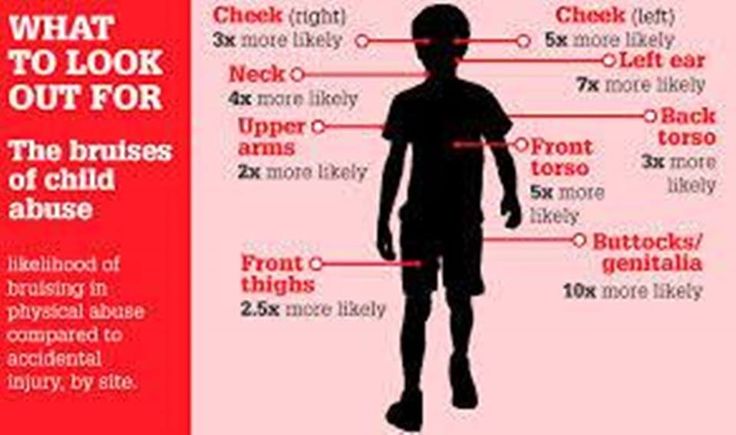 Domestic violence can also involve kicking, punching or hitting a person, attacking a person with a weapon, raping a spouse and abuse of a child.
Domestic violence can also involve kicking, punching or hitting a person, attacking a person with a weapon, raping a spouse and abuse of a child.
For an assault to be considered “domestic assault” in Texas, they must involve an assault against a spouse or a former spouse, a family member by blood, marriage or adoption, a household member who lives in the same residence as the defendant (which can include a roommate, a nanny or a live-in maid), or against a current or previous dating partner.
Domestic violence in Texas can also involve assaulting foster children and foster parents, as well as assaults against a child of a spouse or former spouse from a previous relationship.
Other forms of domestic assault can include:
- Aggravated domestic assault, which involves serious bodily injury or use of a weapon, even if the weapon is only brandished as a threat
- Continuous violence against a family, which involves at least 2 reported incidents of domestic violence within a 12-month period
Beyond the loss of parental rights, such charges can lead to harsh penalties, including many years in prison and thousands of dollars in fines.
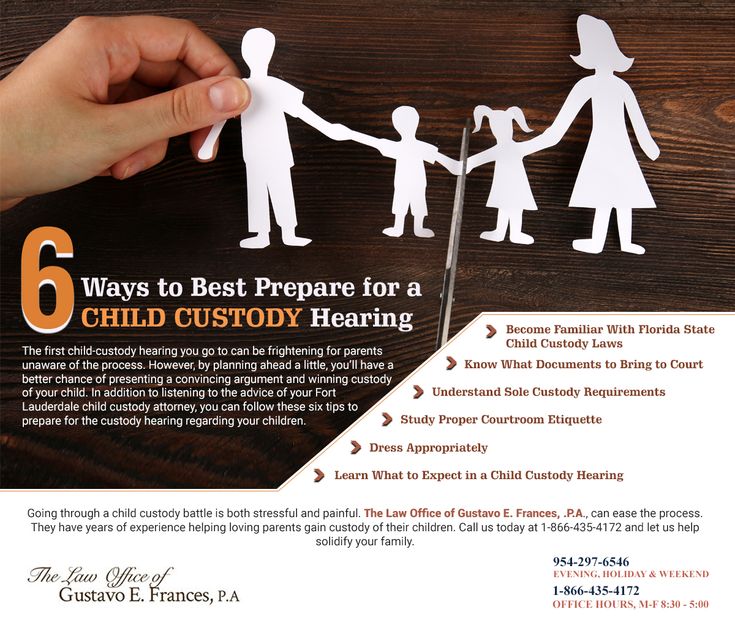
All of this brings us to how domestic assaults can affect child custody cases.
How can a domestic assault charge affect child custody?
Under Texas child custody laws, a court cannot make 2 parents joint conservators of a child if one parent has a pattern or a history of sexual, physical or emotional abuse against the other parent or the child.
Texas law also prohibits a parent from having possession of a child if the parent has a history of domestic abuse or family violence, or if they have abused or sexually assaulted the child in the 2 previous years.
Even so, under Texas child custody laws, a parent with a history of domestic violence still may have some rights to custody and access to a child. These can apply if the abusive parent’s visitation with or access to a child would be in the child’s best interests, and if the child’s emotional and physical health would not be endangered by such visitation or access.
Another option that a court may grant is supervised visitation of the child by the parent who has been found guilty of domestic violence or abuse.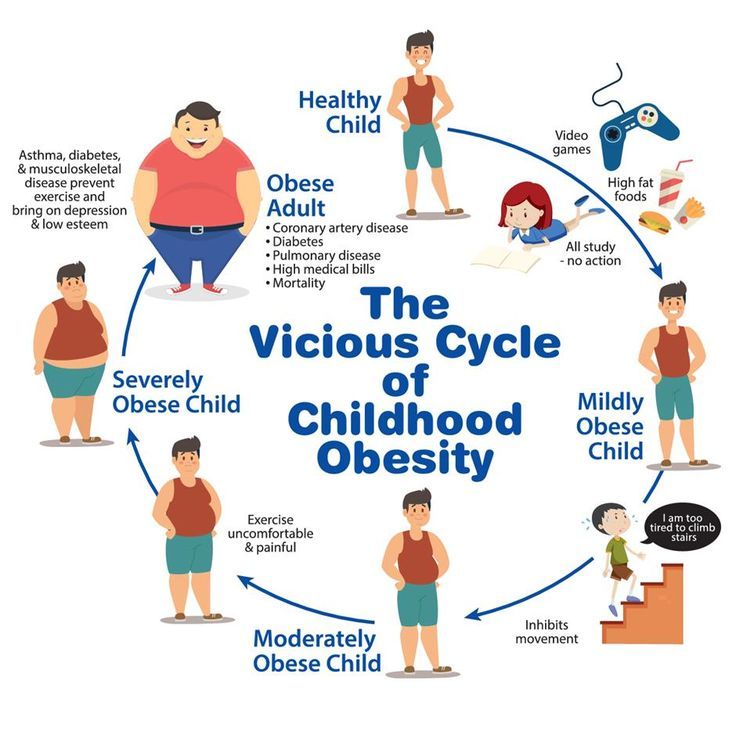 Such supervised visitation means that the abusive parent may not be alone with the child unless a designated adult is also present.
Such supervised visitation means that the abusive parent may not be alone with the child unless a designated adult is also present.
Finally, a court may prohibit a parent from visiting a child at all unless there are extreme circumstances, such as an imminent death by illness. Such a total termination of a parent’s rights is rare, even in cases of domestic violence, and it occurs only when the court determines that total termination of a parent’s rights is in a child’s best interest.
In fact, doing what’s considered “best” for a child is the basis for making virtually all decisions on child custody, especially when domestic violence is a factor.
Your legal rights involving child custody and domestic violence
Though Texas laws can be severe regarding domestic violence and its impact on child custody, a parent who has been accused or convicted of domestic violence still has legal rights.
Keep in mind that false claims of domestic violence are often made by one parent in a divorce or child custody proceeding in order to gain legal leverage.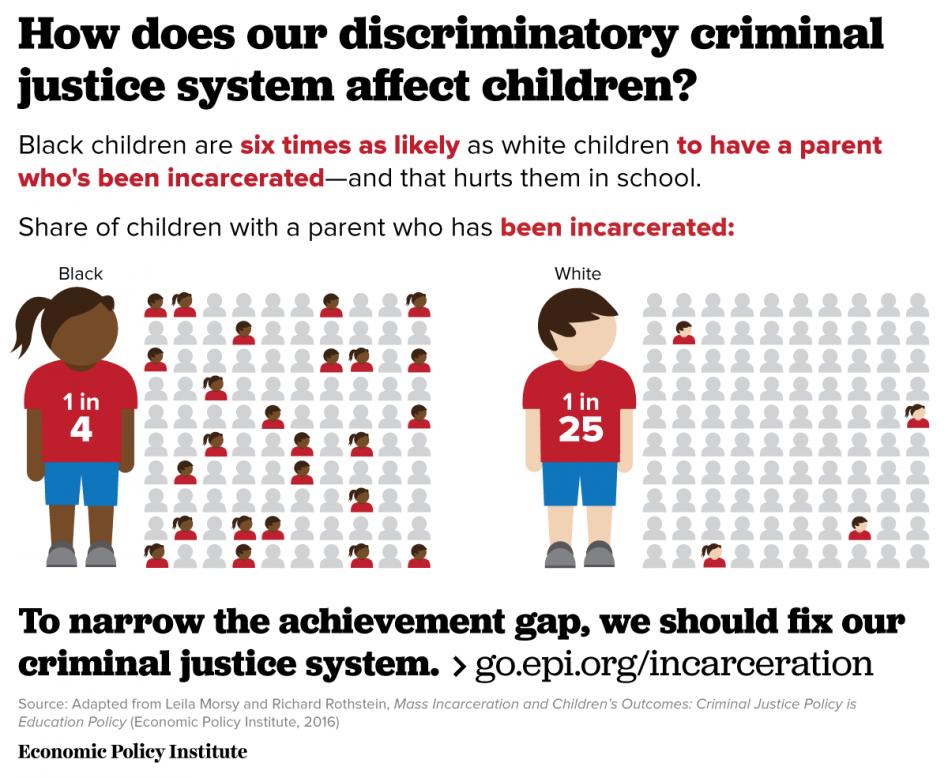 In fact, it’s estimated that 10 percent of all defendants in such cases have been falsely accused of domestic violence.
In fact, it’s estimated that 10 percent of all defendants in such cases have been falsely accused of domestic violence.
If you face a claim or a charge of domestic violence — which could have a huge impact on child custody — you should fight for your legal rights.
Such rights can be protected by an experienced domestic violence defense lawyer in Houston, Harris County, Montgomery County or Fort Bend County.
Contact the Neal Davis Law Firm today for the experience, skill and knowledge your case needs. We will quickly give you a confidential legal review of your case. Then, you can decide how you want to proceed when facing a domestic violence charge or allegation.
How Domestic Violence Affects Child Custody in Texas
Understand how domestic violence can impact custody rights.
By Kristina Otterstrom, Attorney
Physical or mental abuse that occurs behind closed doors is almost always brought out into the open during child custody proceedings. Such abuse, also called "domestic violence," can permanently affect which parent receives primary custody of his or her child. Depending upon the severity of the abuse, the abuser may end up with limited visitation and - in the most extreme circumstances of abuse - loss of parental rights.
Such abuse, also called "domestic violence," can permanently affect which parent receives primary custody of his or her child. Depending upon the severity of the abuse, the abuser may end up with limited visitation and - in the most extreme circumstances of abuse - loss of parental rights.
This article provides a general overview of how domestic violence can impact child custody and visitation rights in Texas. If after reading this article you have questions, contact a local family law attorney for advice.
Overview of Child Custody Orders in Texas
When establishing child custody orders, a judge's goal is to determine what custody situation will best serve the child's physical and emotional needs. Texas divides child custody into two categories: conservatorship and possession/access. Conservatorship includes the right to make medical, educational, religious and other decisions for the child. Possession and access refers to which parent lives with the child and the frequency of the other parent's visitation with the child.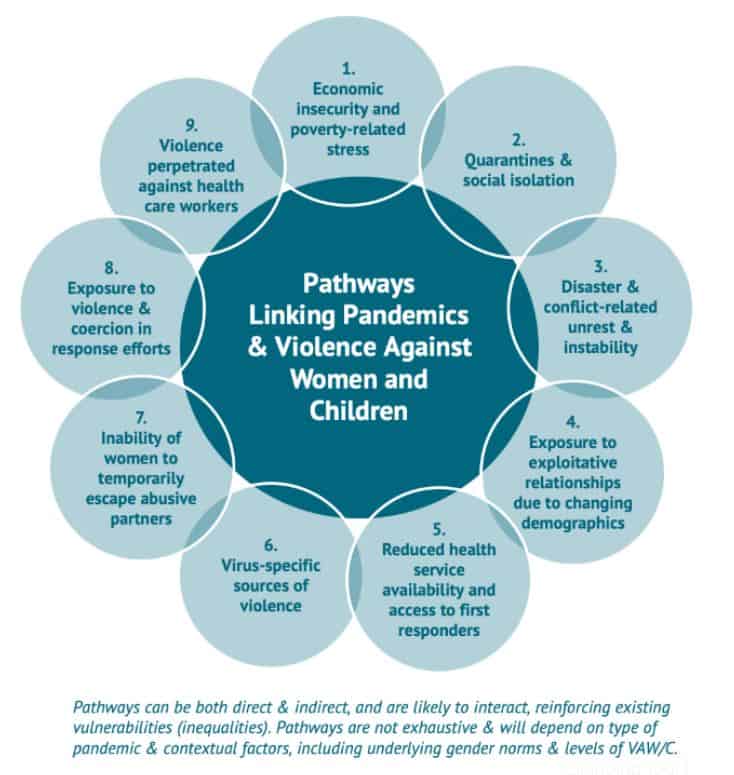 If one parent has a history of domestic violence, a judge would certainly take that into consideration when making custody-related decisions. For more information on custody decisions, see Child Custody in Texas.
If one parent has a history of domestic violence, a judge would certainly take that into consideration when making custody-related decisions. For more information on custody decisions, see Child Custody in Texas.
Understanding Domestic Violence
Texas law states that domestic violence (also called "family violence") occurs when a family member causes or intends to cause physical harm or fear of immediate harm, injury or sexual assault to another family member. This type of harm may include actual physical violence or mental abuse including threats to hurt a family member.
The Texas court system offers a number of resources and protections for victims of domestic violence and their children. If you or your family member is a victim of domestic violence, use the Texas Family Violence Resource Centerto locate nearby programs or shelters for help. You can also call the National Domestic Violence Hotline at 1-800-799-SAFE (7233).
Protective orders
In situations where abuse has been ongoing or the victim fears future abuse, a protective order may be appropriate.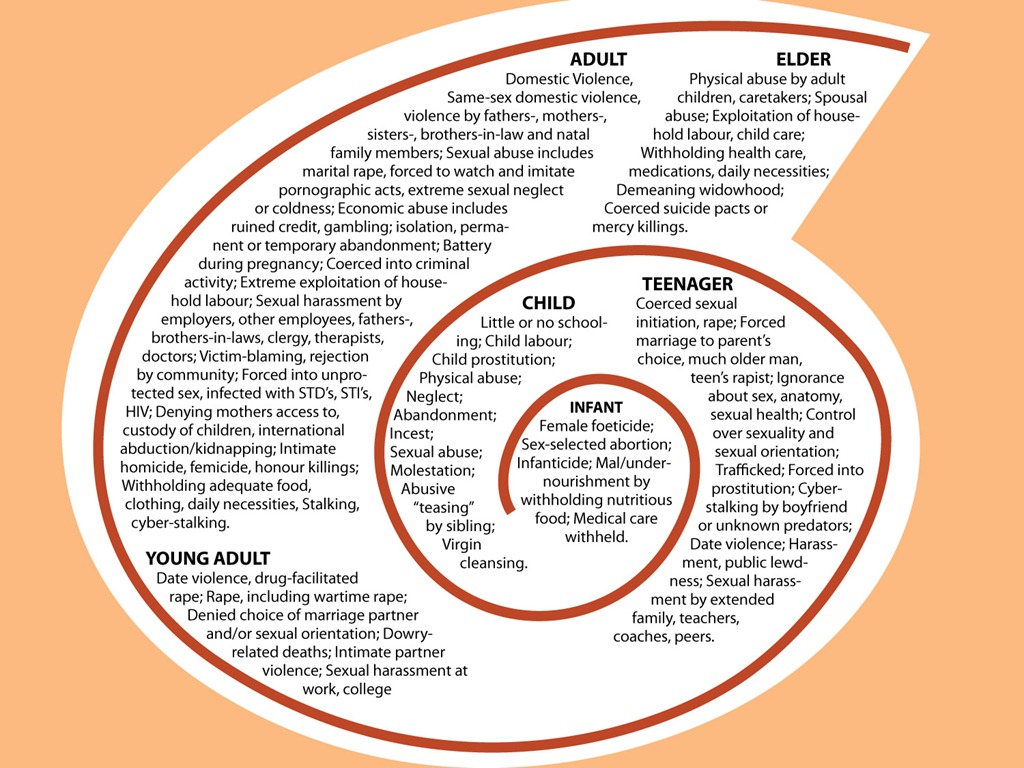 Learn more about protective orders and fill out the Protective Order Kit if you need to begin the process of obtaining a protective order for yourself or your child. A protective order will be granted if the judge determines that abuse has occurred and is likely to occur in the future.
Learn more about protective orders and fill out the Protective Order Kit if you need to begin the process of obtaining a protective order for yourself or your child. A protective order will be granted if the judge determines that abuse has occurred and is likely to occur in the future.
For cases where custody has not yet been decided, one of the factors a court will look at to determine if a parent has a history or pattern of abuse, is whether a protective order was granted against that parent during the previous two years. One episode of domestic violence or abuse can be deemed a "history" of abuse. Therefore, even one single episode of domestic violence can drastically affect a parent's visitation rights with their child.
Impact of Domestic Violence on Custody Decisions
When a court decides which parent should be the conservator and have possession of the child, Texas law prohibits a court from making parents joint conservators if there has been a history or pattern of physical or sexual abuse by one parent against the other parent, a spouse or a child.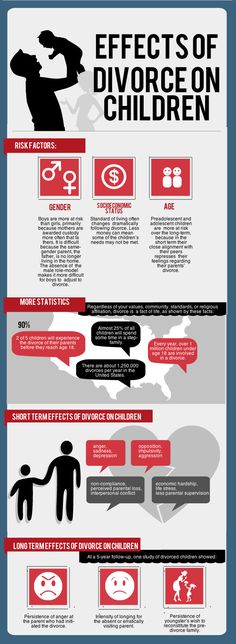 Also, Texas law does not allow a parent to have possession of a child if that parent has a history of family violence during the previous two years or has sexually assaulted or abused the child in question.
Also, Texas law does not allow a parent to have possession of a child if that parent has a history of family violence during the previous two years or has sexually assaulted or abused the child in question.
While a parent's history of domestic violence can limit their chances at becoming sole conservator of a child, the abusive parent may still have custody rights and access to their child if the court determines that:
- the child's physical and emotional health would not be endangered by the abusive parent's access or visitation
- the abusive parent's access or visitation with the child would be in the child's best interests
- a visitation order designed to protect the child exists, and
- the abusive parent may have their visitation supervised and will be required to complete a treatment program.
Supervised visitation
Supervised visitation means one parent cannot be alone with their child without another designated adult present.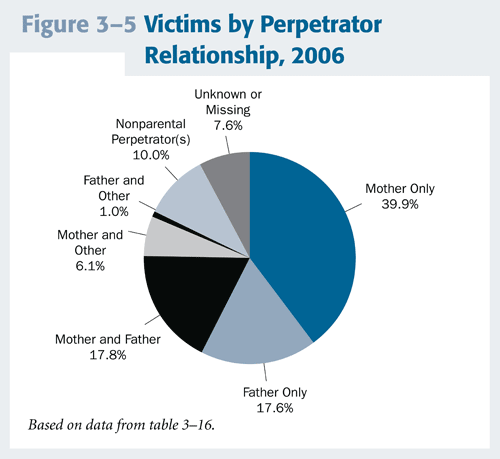 Texas courts presume that it is not in a child's best interests to have unsupervised visitation with an abusive parent. This does not mean that an abusive parent can only ever receive supervised visits with his or her child; however, the parent would need to prove to a judge that the child would be safe in the parent's care and that there is no likelihood of ongoing abuse.
Texas courts presume that it is not in a child's best interests to have unsupervised visitation with an abusive parent. This does not mean that an abusive parent can only ever receive supervised visits with his or her child; however, the parent would need to prove to a judge that the child would be safe in the parent's care and that there is no likelihood of ongoing abuse.
Termination of parental rights
A complete termination of parental rights is a severe and fairly uncommon outcome. A court may terminate a parent's rights to visit his or her child in only the most extreme circumstances. For example, when an abusive parent seriously injures or sexually assaults a child, a court may terminate all parental rights. Ultimately though, the court must find that termination would be in the best interests of the child.
If you have additional questions about the effect of domestic violence on custody rights in Texas, contact a local family law attorney for advice.
Talk to a Lawyer
Need a lawyer? Start here.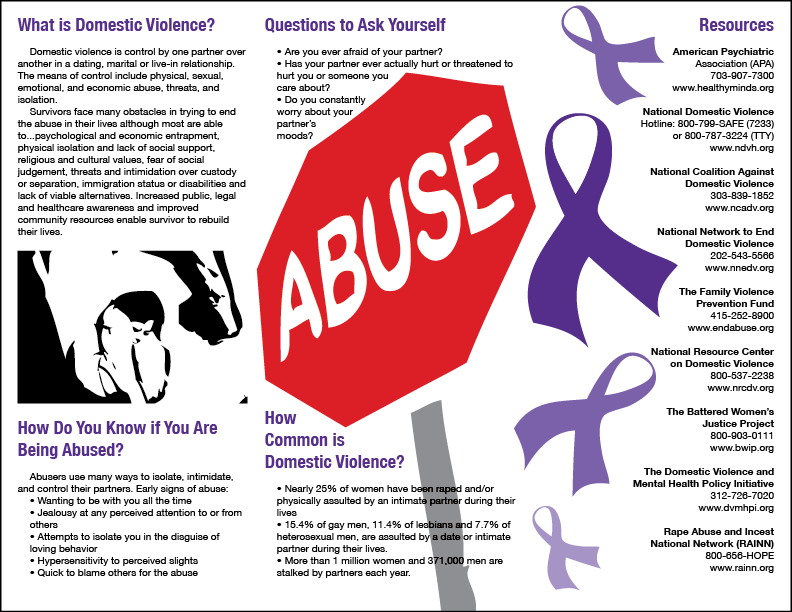
Child abuse
Child abuse- Healthcare issues »
- A
- B
- B
- G
- D
- E
- and
- 9000 O
- P
- R
- S
- T
- U
- F
- X
- C
- H
- W
- W
- B
- S
- B
- E
- S
- I
- Popular Topics
- Air pollution
- Coronavirus disease (COVID-19)
- Hepatitis
- Data and statistics »
- Newsletter
- The facts are clear
- Publications
- Find a country »
- A
- B
- in
- G
- D
- E
- С
- and
- L 9000 R
- C
- T
- in
- F
- x
- C
- h
- Sh
- 9
- WHO in countries »
- Reporting
003
- Regions »
- Africa
- America
- Southeast Asia
- Europe
- Eastern Mediterranean
- Western Pacific
- Media Center
- Press releases
- Statements
- Media messages
- Comments
- Reporting nine0005
- Online Q&A
- Developments
- Photo reports
- Questions and answers
- Update
- Emergencies "
- News "
- Disease Outbreak News
- WHO data »
- Dashboards »
- COVID-19 Monitoring Dashboard
- Highlights "
- About WHO »
- General director
- About WHO
- WHO activities
- Where does WHO work?
- Governing Bodies »
- World Health Assembly
- Executive committee
- Main page/
- Media Center /
- Newsletters/
- Read more/
- Child abuse
WHO/S.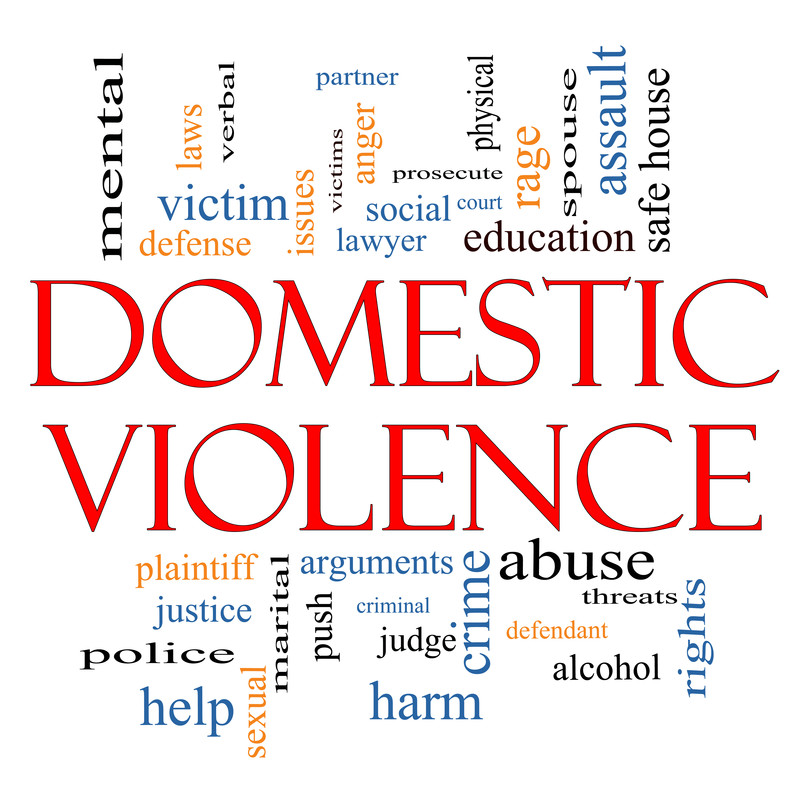 Becker
Becker
© Photo
\r\n
Magnitude of the problem
\r\n
\r\nChild maltreatment is a global problem with serious life-long consequences. Although studies have recently been carried out in some low- and middle-income countries, much data is still lacking.
\r\n
\r\nChild maltreatment is a complex and difficult issue to study. Available estimates vary widely depending on the country and the research method used. Grades depend on the following aspects:
\r\n
- \r\n
- applicable definitions of child abuse;\t \r\n
- type of child abuse being studied; \r\n
- statistical coverage and quality of official statistics; \r\n
- coverage and quality of surveys that require reports from victims themselves, parents or caregivers. \r\n
\r\n
\r\nHowever, international studies show that one quarter of all adults were physically abused as children, and that 1 in 5 women and 1 in 13 men were sexually abused as children. abuse. In addition, many children are victims of emotional (psychological) abuse and neglect. nine0285
abuse. In addition, many children are victims of emotional (psychological) abuse and neglect. nine0285
\r\n
\r\nAn estimated 41,000 murders of children under the age of 15 occur each year. This figure underestimates the true extent of the problem, as a significant proportion of child abuse deaths are incorrectly attributed to falls, burns, drowning, and other causes.
\r\n
\r\nIn armed conflict and refugee camps, girls are particularly vulnerable to sexual violence, exploitation and abuse by the military, security forces, other members of their communities, humanitarian workers and others. nine0285
\r\n
Consequences of child abuse
\r\n
\r\nChild abuse hurts children and families and can have long-term consequences. Abuse leads to stress, which is associated with impaired early brain development. Extreme stress can disrupt the development of the nervous and immune systems.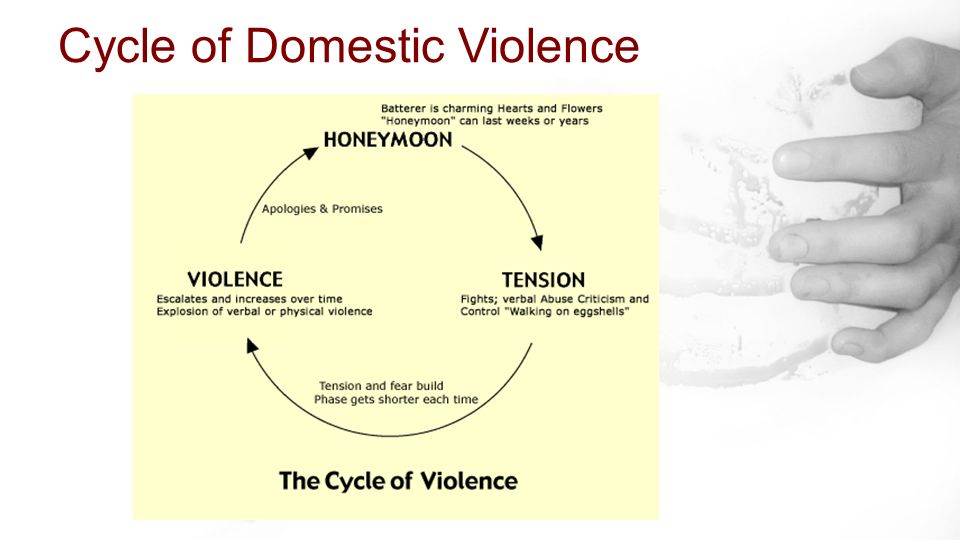 As a result, in adulthood, people who were abused as children are at increased risk of behavioral and physical and mental health problems, such as:
As a result, in adulthood, people who were abused as children are at increased risk of behavioral and physical and mental health problems, such as:
\r\n
- \r\n
- committing or being a victim of violence;\t \r\n
- depression; \r\n
- smoking; \r\n
- obesity;\r\n \r\n
- high risk sexual behavior; \r\n
- unplanned pregnancy; \r\n
- Harmful use of alcohol and drugs. \r\n
\r\n
\r\nAs a result of these behavioral and mental health consequences, abuse can lead to heart disease, cancer, suicide, and sexually transmitted infections. nine0285
\r\n
\r\nIn addition to the health and societal impacts, child abuse also has economic impacts, including hospitalization costs, mental health care, child care, and long-term health costs.
\r\n
Risk factors
\r\n
\r\nRisk factors for child abuse have been identified.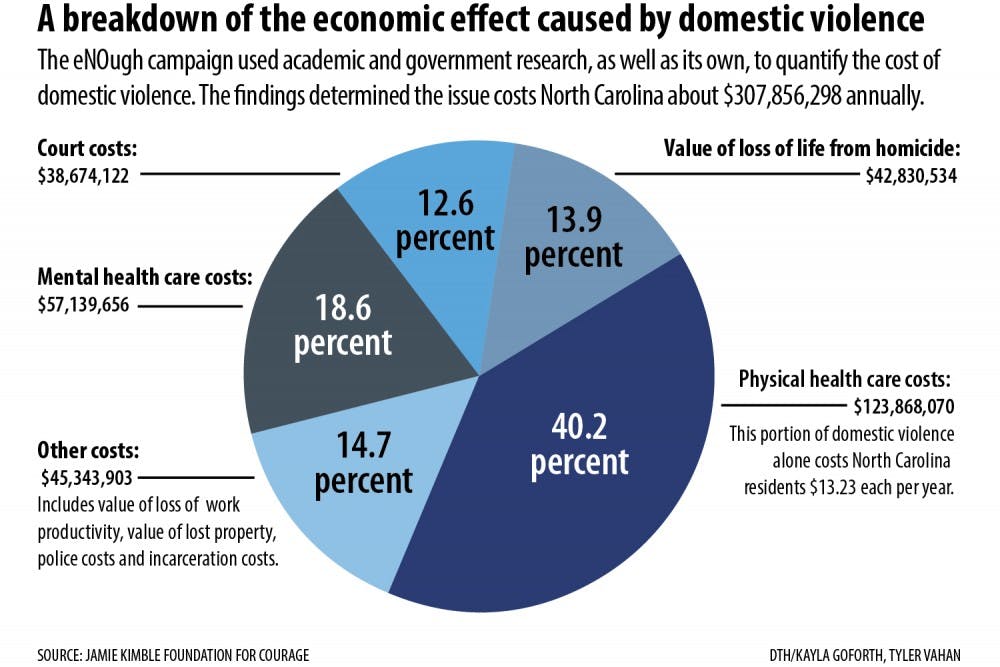 These risk factors are not present in all social and cultural settings, but they give a general idea when trying to understand the causes of child abuse. nine0285
These risk factors are not present in all social and cultural settings, but they give a general idea when trying to understand the causes of child abuse. nine0285
\r\n
Child
\r\n
\r\nIt is important to emphasize that children are victims and should never be blamed for abuse. Some individual characteristics of a child may increase the likelihood of abuse:
\r\n
- \r\n
- child under 4 years of age or adolescent;\r\n \r\n
- unwanted or not living up to parental expectations child; \r\n
- a child who has special needs, who cries constantly, or who has abnormal physical features. nine0005 \r\n
\r\n
Parents or caregivers
\r\n
\r\nSome characteristics of parents or caregivers may increase the risk of child abuse. Among them are the following:
\r\n
- \r\n
- difficulties associated with the newborn;\r\n \r\n
- leaving the child unattended; \r\n
- childhood abuse; \r\n
- ignorance of child development or unrealistic expectations; nine0005 \r\n
- harmful use of alcohol or drugs, including during pregnancy; \r\n
- involvement in criminal activity; experiencing financial difficulties friends and peers may increase the risk of child abuse, for example:
\r\n
- \r\n
- problems in the field of physical or mental health or development of any family member;\r\n \r\n
- discord in the family or violence between other family members; \r\n
- isolation from the community or lack of a supportive circle; \r\n
- lack of support in raising a child from other family members.
 \r\n
\r\n
\r\n
Community and social factors
\r\n
\r\nA number of characteristics of individual communities and communities can increase the risk of child abuse. They include:
\r\n
- \r\n
- gender and social inequality; \r\n
- lack of adequate housing or family support services and institutions; \r\n
- high rates of unemployment and poverty; \r\n
- easy access to alcohol and drugs; \r\n
- inadequate policies and programs to prevent child abuse, child pornography, child prostitution and child labor;\r\n \r\n
- social and cultural norms that support or glorify violence against others, favor the use of corporal punishment, require rigid gender roles, or diminish the status of the child in parent-child relationships; \r\n
- social, economic, health and educational policies that lead to poor living standards or socioeconomic inequality or instability.
 \r\n
\r\n
\r\n
Prevention
\r\n
\r\nChild maltreatment prevention requires a multisectoral approach. Effective programs are those that support parents and instill positive parenting skills. These include:
\r\n
- \r\n
- nurse home visits to parents and children for support, education and information;\r\n \r\n
- parent education, usually in groups, to improve skills raising children, increasing knowledge about child development and encouraging strategies for positively dealing with children; and \r\n
- multi-component activities, usually including parent support and education, early childhood education and childcare. \r\n
\r\n
\r\nOther prevention programs are also promising in some respects.
\r\n
- \r\n
- Abuse Head Injury Prevention Programs (also called Shaken Baby Syndrome and Inflicted Traumatic Brain Injury).
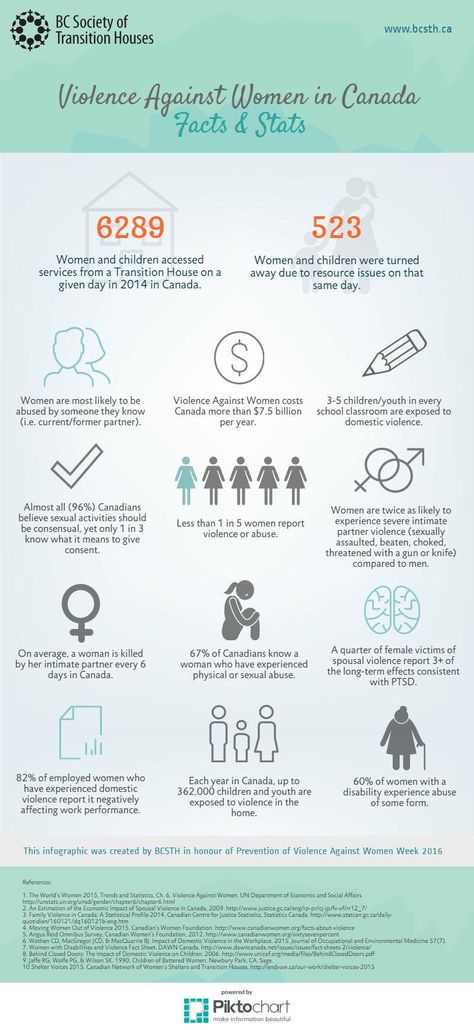 These are usually hospital-level programs targeting young parents prior to their discharge, educating them about the dangers of shaken baby syndrome and recommending interventions for inconsolably crying babies. nine0005 \r\n
These are usually hospital-level programs targeting young parents prior to their discharge, educating them about the dangers of shaken baby syndrome and recommending interventions for inconsolably crying babies. nine0005 \r\n - Child sexual abuse prevention programs. They are usually held in schools and teach children about the following areas: \r\n
- ownership of one's body;\t \r\n
- the difference between good and bad touch; \r\n
- how to recognize threatening situations; \r\n
- how to say \"no\"; \r\n
- how to tell a trusted adult about abuse. nine0005 \r\n
- \r\n
\r\n
\r\nSuch programs are effective in enhancing protective factors against child sexual abuse (for example, knowledge about sexual abuse and protective behaviors), but data on whether such programs contribute to the reduction of other types of violence are not available.
\r\n
\r\nThe earlier in a child's life such activities are carried out, the more beneficial they are for the child (e.
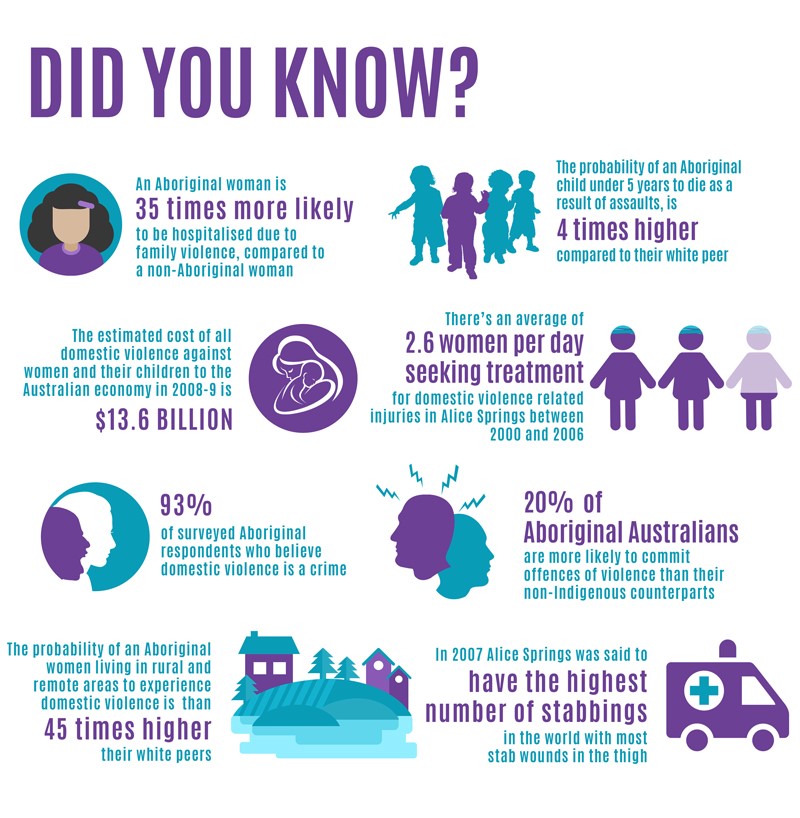 g. cognitive development, behavioral and social competence, educational training) and society (e.g. reduced delinquency) and crimes). nine0285
g. cognitive development, behavioral and social competence, educational training) and society (e.g. reduced delinquency) and crimes). nine0285 \r\n
\r\nIn addition, early recognition of cases, combined with ongoing care for child victims of abuse and their families, can help reduce re-abuse and its consequences.
\r\n
\r\nFor maximum impact, prevention and care interventions are recommended by WHO as part of a four-pronged public health approach:
\r\n
- \r\n
- identifying the problem;\r\n \r\n
- identifying causes and risk factors; \r\n
- development and testing of measures aimed at minimizing risk factors; \r\n
- disseminate information on the effectiveness of interventions and scale up proven effective interventions.\r\n \r\n
\r\n
WHO activities
\r\n
\r\nWHO in collaboration with a number of partners in the following areas:
\r\n
- \r\n
- provides evidence-based technical and normative guidance on child maltreatment prevention;\r\n \r\n
- calls for greater international support for child maltreatment prevention evidence-based children and investment in this area; \r\n
- provides technical support for evidence-based child abuse prevention programs in certain low- and middle-income countries.
 nine0005 \r\n
nine0005 \r\n
","datePublished":"2022-09-19T19:00:00.0000000+00:00","image":"https://cdn.who.int/media/images/default- source/imported/children-running-jpg.jpg?sfvrsn=50512cc9_2","publisher":{"@type":"Organization","name":"World Health Organization: WHO","logo":{"@ type":"ImageObject","url":"https://www.who.int/Images/SchemaOrg/schemaOrgLogo.jpg","width":250,"height":60}},"dateModified":" 2022-09-19T19:00:00.0000000+00:00","mainEntityOfPage":"https://www.who.int/ru/news-room/fact-sheets/detail/child-maltreatment","@context ":"http://schema.org","@type":"Article"}; nine0285
Key facts
- One in 5 women and 1 in 13 men report being sexually abused as children.
- The consequences of child maltreatment include lifelong physical and mental health damage, and its social and professional consequences can ultimately slow down the economic and social development of a country.
- Child maltreatment can be prevented - this requires a multisectoral approach.
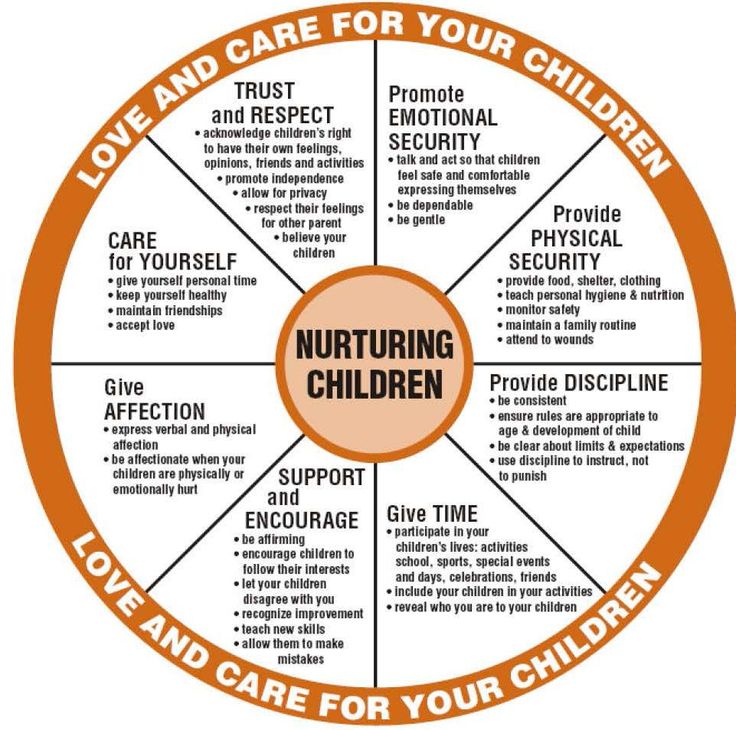 nine0005
nine0005 - Effective prevention programs can support parents and teach them positive parenting skills.
- Continued care for children and families can help reduce the risk of re-abuse and minimize its consequences.
Child abuse is the mistreatment and neglect of children under the age of 18. It covers all types of physical and/or emotional abuse, sexual abuse, neglect, neglect and commercial or other exploitation that results in actual or potential harm to the health, survival, development or dignity of the child in the context of a relationship of responsibility, trust or power. . Intimate partner violence is also sometimes considered a form of child abuse. nine0285
Magnitude of the problem
Child abuse is a global problem with serious lifelong consequences. Although studies have recently been carried out in some low- and middle-income countries, much data is still lacking.
Child abuse is a complex and difficult issue to study. Available estimates vary widely depending on the country and the research method used.
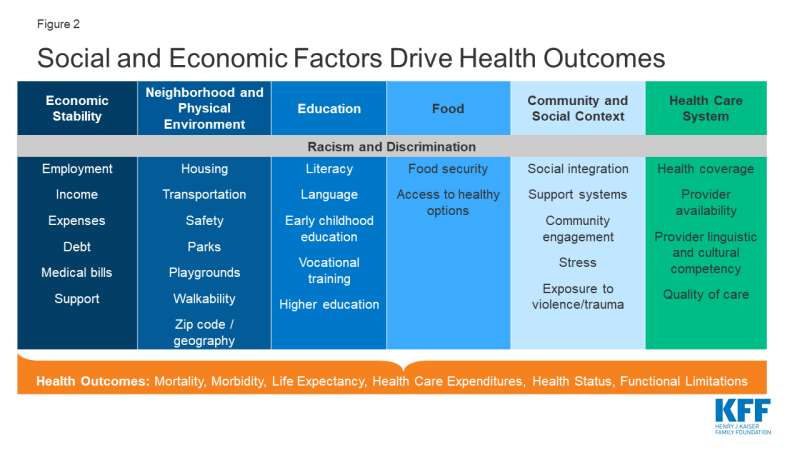 Grades depend on the following aspects:
Grades depend on the following aspects: - applicable definitions of child abuse;
- type of child abuse being studied;
- coverage and quality of official statistics;
- coverage and quality of surveys that require reports from victims themselves, parents or caregivers.
However, international studies show that one quarter of all adults were physically abused as children, and that 1 in 5 women and 1 in 13 men were sexually abused as children. In addition, many children are victims of emotional (psychological) abuse and neglect. nine0285
An estimated 41,000 murders of children under the age of 15 occur each year. This figure underestimates the true extent of the problem, as a significant proportion of child abuse deaths are incorrectly attributed to falls, burns, drowning, and other causes.
In armed conflict and refugee camps, girls are particularly vulnerable to sexual violence, exploitation and abuse by the military, security forces, other members of their communities, humanitarian workers and others.
 nine0285
nine0285 Consequences of abuse
Child abuse causes suffering to children and families and can have long-term consequences. Abuse leads to stress, which is associated with impaired early brain development. Extreme stress can disrupt the development of the nervous and immune systems. As a result, in adulthood, people who were abused as children are at increased risk of behavioral and physical and mental health problems, such as:
- committing violence or becoming a victim of violence;
- depression;
- smoking;
- obesity;
- high risk sexual behavior;
- unplanned pregnancy;
- harmful use of alcohol and drugs.
As a result of these behavioral and mental health consequences, abuse can lead to heart disease, cancer, suicide, and sexually transmitted infections. nine0285
In addition to health and societal impacts, child maltreatment also has economic impacts, including the cost of hospitalization, mental health treatment, child care, and long-term health costs.
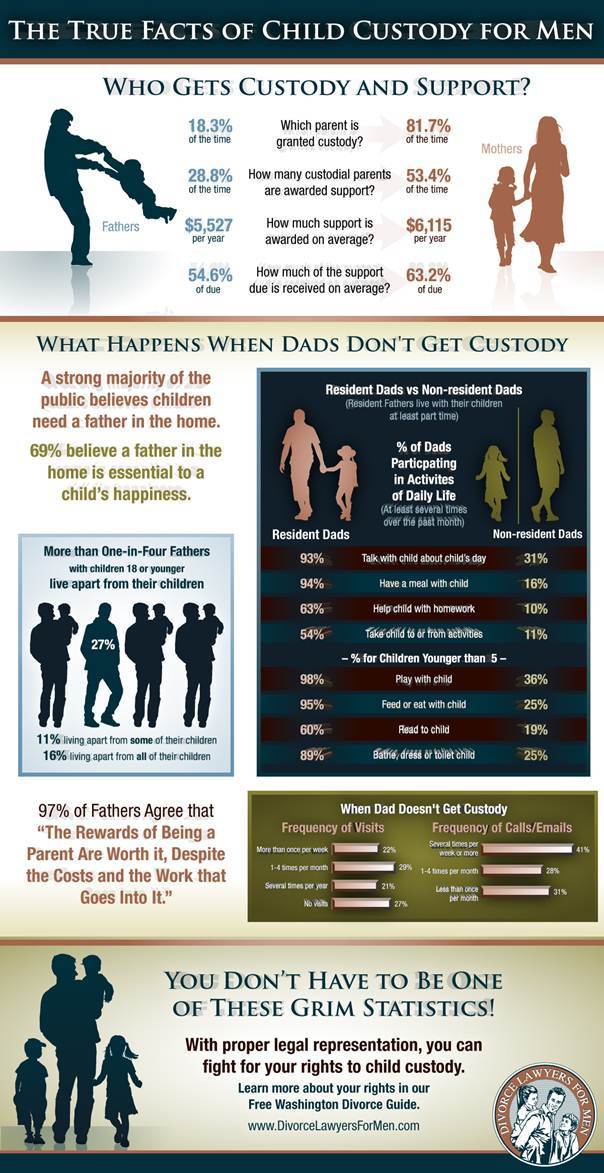
Risk factors
Risk factors for child abuse have been identified. These risk factors are not present in all social and cultural settings, but they give a general idea when trying to understand the causes of child abuse. nine0285
Child
It is important to emphasize that children are victims and should never be blamed for abuse. Certain individual characteristics of a child may increase the likelihood of abuse:
- child under 4 years of age or adolescent;
- an unwanted child or a child that does not live up to the expectations of the parents;
- a child with special needs, constant crying or abnormal physical features.
Parents or caregivers
Certain characteristics of parents or caregivers may increase the risk of child abuse. Among them are the following:
- difficulties associated with the newborn;
- leaving a child unattended;
- childhood abuse;
- ignorance of child development or unrealistic expectations;
- harmful use of alcohol or drugs, including during pregnancy; nine0005
- involvement in criminal activity;
- experiencing financial difficulties.
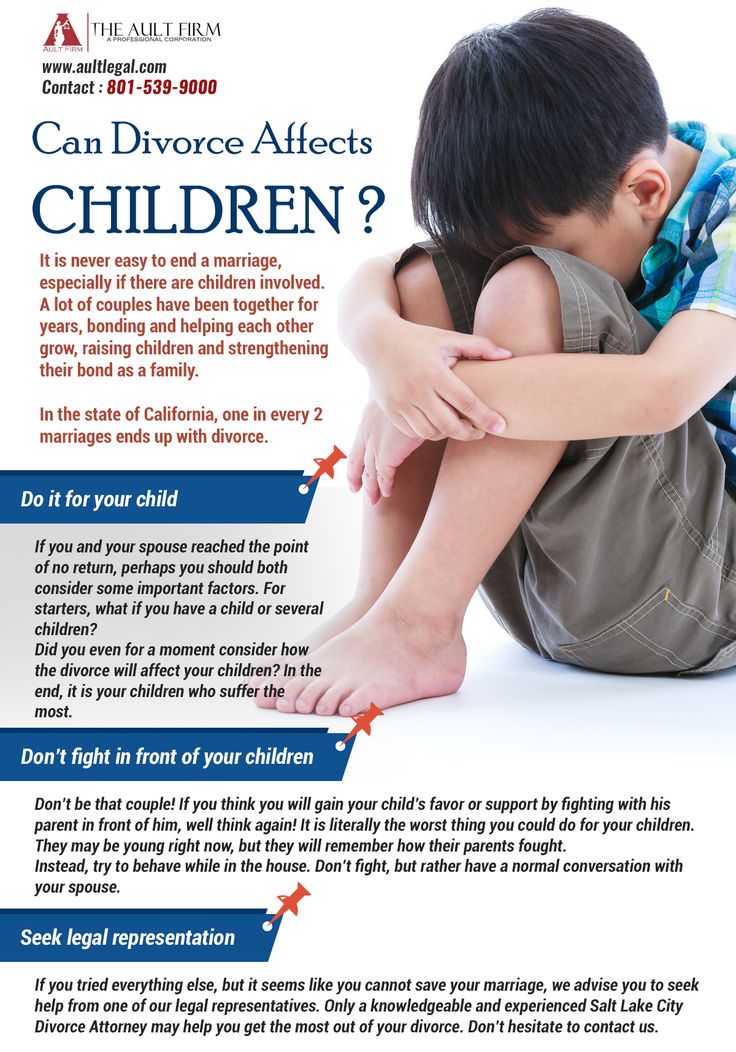
Relationships
A number of factors in family relationships or between sexual partners, friends and peers can increase the risk of child abuse, for example:
- a family member's physical or mental health or developmental problems;
- discord in the family or violence between other family members; nine0005
- isolation in the community or lack of a support circle;
- lack of support in raising a child from other family members.
Community and social factors
A number of characteristics of individual communities and communities can increase the risk of child abuse. They include:
- gender and social inequality;
- Lack of adequate housing or family support services and institutions; nine0005
- high levels of unemployment and poverty;
- easy access to alcohol and drugs;
- inadequate policies and programs to prevent child abuse, child pornography, child prostitution and child labor;
- social and cultural norms that support or glorify violence against others, favor the use of corporal punishment, require rigid gender roles, or degrade the status of the child in parent-child relationships; nine0005
- social, economic, health and educational policies that lead to poor living standards or socioeconomic inequality or instability.

Prophylaxis
A multisectoral approach is needed to prevent child maltreatment. Effective programs are those that support parents and instill positive parenting skills. These include:
- home visits by nurses to parents and children for support, education and information; nine0005
- Parent education, usually in groups, to improve child-rearing skills, increase knowledge of child development, and encourage positive child-care strategies; and
- multi-component activities, usually including parent support and education, early childhood education and childcare.
Other prevention programs are also promising in some respects.
- Abuse head injury prevention programs (also called shaken baby syndrome and traumatic brain injury). These are usually hospital-level programs targeting young parents prior to their discharge, educating them about the dangers of shaken baby syndrome and recommending interventions for inconsolably crying babies.
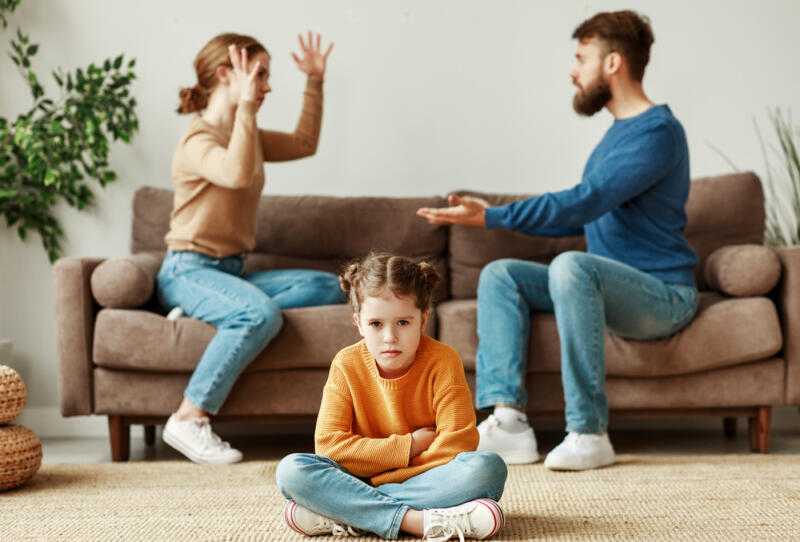 nine0005
nine0005 - Child sexual abuse prevention programs. They are usually held in schools and educate children in the following areas:
- ownership of one's body;
- difference between good and bad touches;
- how to recognize threatening situations;
- how to say "no";
- how to talk about abuse to a trustworthy adult.
Such programs are effective in increasing protective factors against child sexual abuse (eg, knowledge about sexual abuse and protective behaviours), but there is no data on whether such programs reduce other types of violence. nine0285
The earlier in a child's life such interventions are, the more beneficial they are for the child (eg cognitive development, behavioral and social competence, educational training) and society (eg reduction in delinquency and crime).
In addition, early recognition of cases, combined with continued care for child victims of violence and families, can help reduce re-abuse and its consequences.
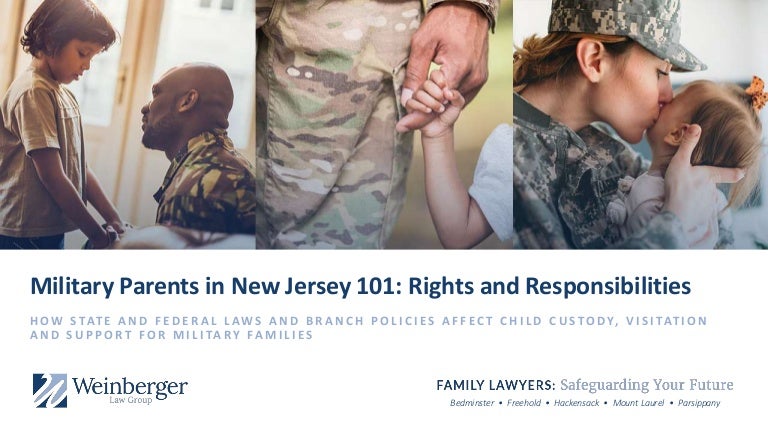 nine0285
nine0285 For maximum impact, prevention and care interventions are recommended by WHO as part of a four-step public health approach:
- problem definition;
- determination of causes and risk factors;
- development and testing of measures aimed at minimizing risk factors;
- disseminate information on the effectiveness of interventions and scale up proven effective interventions. nine0005
WHO activities
WHO is collaborating with a number of partners in the following areas:
- provides evidence-based technical and normative guidance on child maltreatment prevention;
- calls for increased international support for and investment in evidence-based child abuse prevention;
- provides technical support for evidence-based child abuse prevention programs in selected low- and middle-income countries. nine0005
Should there be grounds for divorce?
Developed by an AmeriCorps Project of Western Massachusetts Legal Services updated and revised Massachusetts Law Reform Institute
Retrieved February 2010Should there be grounds for divorce?
You need to find a "reason" (legal grounds) for divorce.
 One reason for getting a divorce is that you simply can't live with your spouse anymore and don't want to stay married. Regardless of other circumstances, this reason is enough to get a divorce. nine0285
One reason for getting a divorce is that you simply can't live with your spouse anymore and don't want to stay married. Regardless of other circumstances, this reason is enough to get a divorce. nine0285 What are the grounds for divorce?
There are two grounds for divorce - "without fault" and seven grounds for divorce - "with fault". The basis "no fault" means that your marriage can no longer exist, but there is no one to blame for this, none of the parties is to blame. Grounds having "guilty" mean that one of the parties in the marriage acted so badly that it leads to the dissolution of the marriage.
No Fault Ground
In Massachusetts, a divorce based on no cause is called an Irretrievable Breakdown of Marriage. For this reason, there are two types of divorces. They are called “1A” and “1B” according to the sections in the Massachusetts divorce law that apply in this case. nine0285
- 1A Permanent Destruction - Both spouses file for divorce together: You and your spouse are filing for divorce together.
 You agree to all terms and conditions to which you will be bound, such as child custody, financial support, payment of money, and property matters.
You agree to all terms and conditions to which you will be bound, such as child custody, financial support, payment of money, and property matters.
- Both of you make a statement saying that your marriage is broken and cannot continue. This document is called the Affidavit of Irretrievable Breakdown of the Marriage. nine0005
- Both spouses draw up and sign a divorce agreement in the presence of a notary. (You can find a notary at the bank).
- You must file
- Joint Petition for Divorce,
- Certificate of irrevocable destruction of the marriage union, and
- Notarized divorce agreement.
- When you file these papers with the court, ask the court clerk to set a hearing date for you. You don't have to wait. nine0005
- Both spouses must appear in court for a hearing. At the hearing, the judge will make sure that both of you have reached an agreement and that everything is fair.
- 1B Irreversible Destruction - One Spouse Files for Divorce : If you and your spouse do not agree on any issue, you can file for divorce yourself.
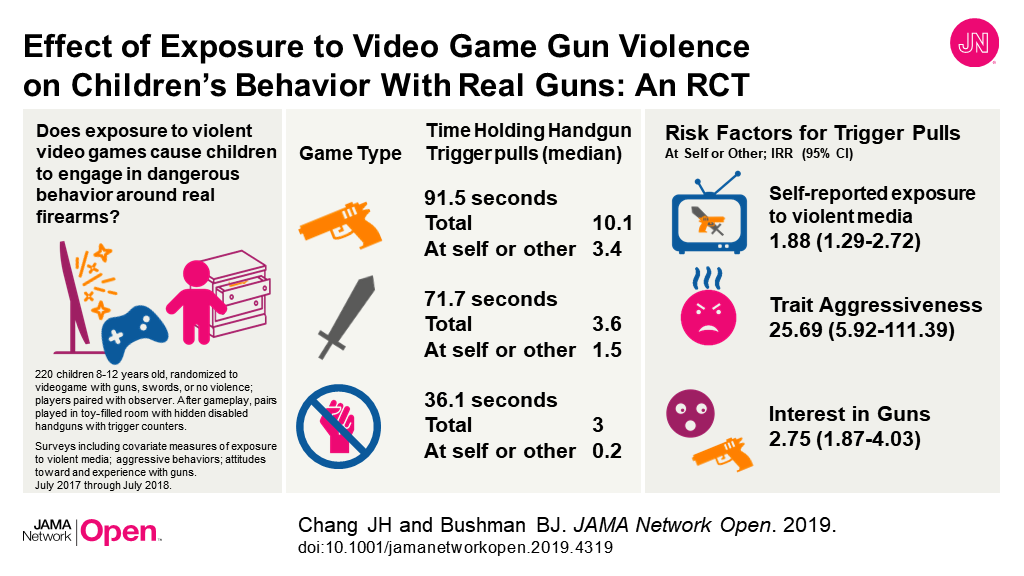 It doesn't matter if your spouse wants it or not. If you want a divorce, you can file for divorce.
It doesn't matter if your spouse wants it or not. If you want a divorce, you can file for divorce.
Because you have filed for divorce, you must ensure that the Domestic Relations Summons are served. Once filed, you must wait 6 months before asking the court to set a hearing date. But when you file a lawsuit, you can file a motion for temporary writ at the same time and a hearing date for the motion will be set within 10 days. nine0285
You will get a divorce even if your spouse doesn't show up for the hearing. If you don't have a written agreement, the judge will make decisions about financial support, custody, child visits, and therefore how to deal with property.
Grounds for a "guilt" divorce
There are seven good reasons that are grounds for a "guilt" divorce. With a "reason" for divorce, one spouse files for divorce, blaming the other spouse for the breakup of their marriage. Although there are several grounds for divorce, “abusive and abusive treatment” is the reason why most victims of domestic violence file for divorce.
 nine0285
nine0285 You may be scheduled to hear your case 21 days after the sheriff or bailiff serves your spouse with the Summons and Divorce Complaint. You will get a divorce even if your spouse doesn't show up for the hearing. After the judge hears your case, the court will issue a Judgment of Divorce Nisi. Divorce is final 90 days after the Judgment of Divorce Nisi.
The following “reasons” may serve as grounds for divorce:
- Abuse or abuse is the most common reason for divorce. You will have to prove that your spouse abused you or harmed your health with the use of physical force. Physical abuse is cruel and abusive treatment. Psychological or emotional abuse is also considered abuse if it causes you to suffer physically. For example, his drinking or absence at night gives you a headache or stomach pain. nine0005
- Leaving the family. You must show that your spouse:
- left you,
- has been gone for at least a year, and
- he has no plans to return.

- You will have to prove that he left on his own, that you were against it, and he had no good reason to leave you.
In some cases, the family is abandoned, physically remaining in the house. In such cases, the judge must carefully consider all the facts to see if they amount to leaving the family. nine0285
- Severe and chronic alcoholism. This means that your spouse has an alcohol or drug addiction. You will have to prove that your spouse uses "excessive" amounts (too much) of drugs or alcohol, and he does it of his own free will, without any coercion. You will also need to prove that he does this regularly and not occasionally.
- Rude, cruel, unmotivated refusal or complete disregard for the need to provide you financially. nine0761 This means that your spouse refuses to give you enough money to live on. In order for this to be a valid reason, you will have to prove that your spouse is able to provide for you, but refuses to do so or simply does not.













